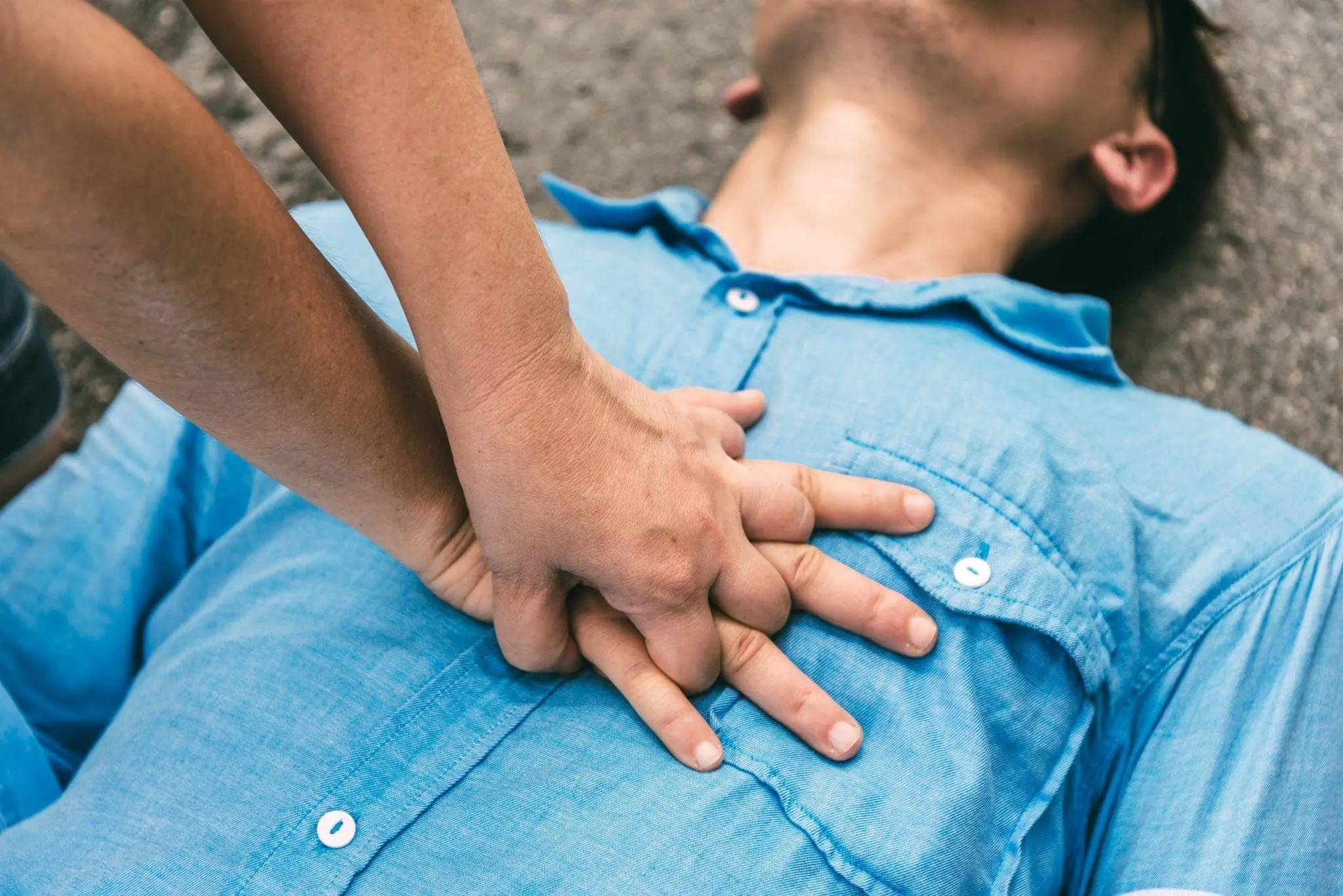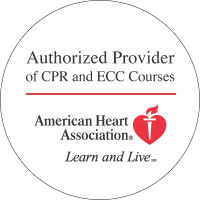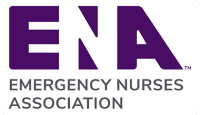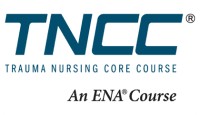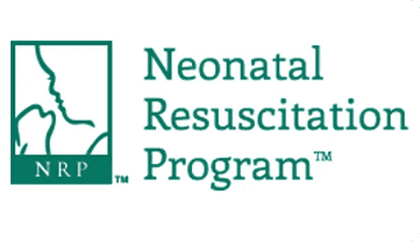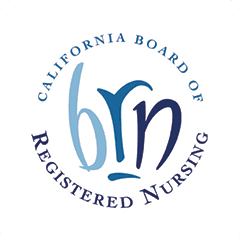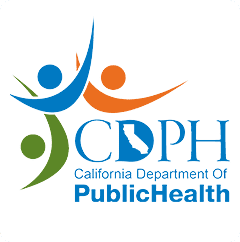Believe it or not, the modern method of CPR has only been around since 1960. Since then, this hands-on practice that can be performed by laypeople and health care workers alike has saved thousands of peoples’ lives. However, despite the prevalence of this practice, many people still misunderstand what CPR is, how it works and how it can help someone who has suddenly stopped breathing or who is in cardiac arrest.
Whether you’re a health care provider with hundreds of practice hours under your belt or a layperson interested in taking a CPR or BLS course to further your career or to improve your resume, understanding the truth about these common myths can help you care for others more competently.
Myth 1: If CPR is done incorrectly, it can harm the patient.
Truth: When a patient is in cardiac arrest, he or she is already in a deadly circumstance. Without quick care, the patient will die because of a lack of oxygenation to the vital organs, including the brain. Any quality of CPR, even CPR that is not performed with the correct number of compressions per minute, can help the patient. While high-quality CPR is certainly the best, you shouldn’t avoid performing CPR on a person simply because you don’t know exactly what to do. Plus, when you call 911, the emergency dispatcher will walk you through the correct steps.
Myth 2: You could get sued for performing CPR as a bystander in the community.
Truth: Most states have Good Samaritan laws that protect you from legal repercussions if you were honestly trying to do your best to provide emergency care to a bystander. In fact, abandoning someone who needs emergency care or refusing to help may actually get you into trouble.
Myth 3: You have to do mouth-to-mouth resuscitation in CPR.
Truth: While this may be what is portrayed on many television shows and in movies, mouth-to-mouth resuscitation is generally not done any longer. Current CPR guidelines stress the importance of immediate chest compressions to save a life versus quick rescue breaths. Rescue breaths should only be given with an appropriate mask when emergency personnel arrive.
Myth 4: CPR can restart the heart.
Truth: CPR does not actually restart the heart but instead only keeps oxygenated blood flowing through the body. Therefore, you should also know how to work an AED, which is an electronic device used to shock certain deadly heart rhythms.
Myth 5: You can learn good CPR through an online course.
Truth: Although online courses may give you some good information, you’ll most likely not get what you need for BLS certification this way. Plus, you’ll miss out on the hands-on skills stations that you get through in-person training.
Myth 6: CPR almost always works.
Truth: When CPR is done in the hospital, it can work pretty well because it is started quickly and backed up with other therapies. However, out-of-hospital CPR only gives positive results 2 to 15 percent of the time.
Sadly, even doctors, nurses and other medical professionals have believed some of these myths, which may actually decrease the quality of care that they’re giving to their patients. The best way to learn what CPR is all about is to take an American Heart Association approved course. This is the premier medical association in the United States for life-saving medical care as well as for diseases and traumatic problems to the heart and cardiovascular system.
Project Heartbeat offers several classes that can give you more information about these issues and that certify you to perform CPR safely whether you are in the community or at work. The BLS class is one of the most popular ones, but you may also want to look into Heartsaver CPR, which will give you the basics of adult, child and infant CPR as well as other lifesaving measures.

